Table of Contents
- Introduction
- Chinese Red Pepper Explained
- Sichuan Pepper Explained
- Key Differences Between Chinese Red Pepper and Sichuan Pepper
- How to Use Chinese Red Pepper and Sichuan Pepper
- Buying Guide: Choosing the Right Pepper
- Cooking Tips for Maximum Flavor
- Common Mistakes to Avoid
- Frequently Asked Questions
- Conclusion
Introduction
Many people search for "Red Pepper Chinese Lawrence," but this term is not a standard culinary name. It appears to be a confusion between two distinct ingredients: Chinese Red Pepper (干辣椒) and Sichuan Pepper (花椒). In this article, we'll clarify the differences between these two ingredients, their unique characteristics, and how to use them properly in cooking.
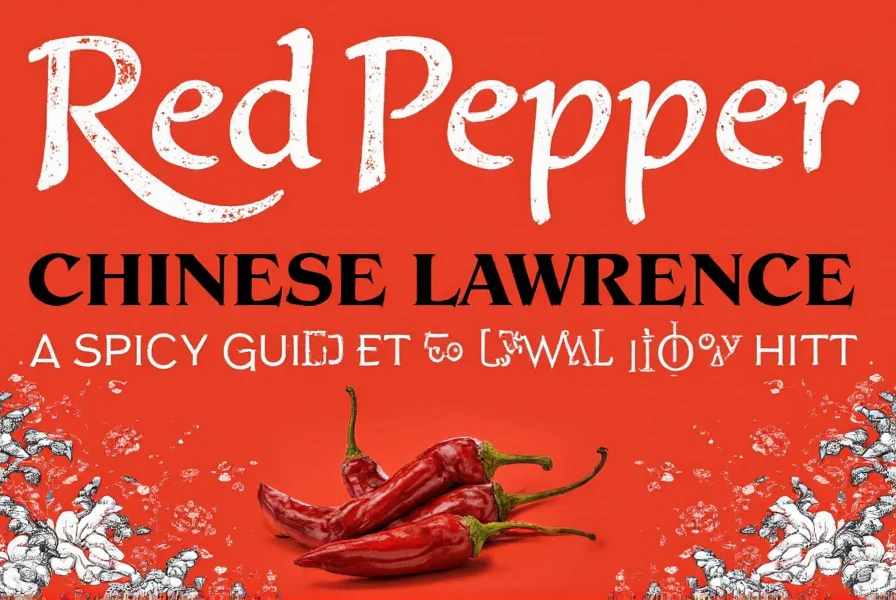
Chinese Red Pepper Explained
Chinese Red Pepper (干辣椒), also known as dried red chili pepper, is a common ingredient in Chinese cuisine. It's made from dried red chili peppers and provides a spicy heat to dishes. Unlike Sichuan Pepper, Chinese Red Pepper does not create a numbing sensation but rather a straightforward heat that builds gradually.
Chinese Red Pepper is used in many Chinese dishes, particularly in Sichuan, Hunan, and other regional cuisines where heat is desired. It's available in whole dried form or ground into powder.
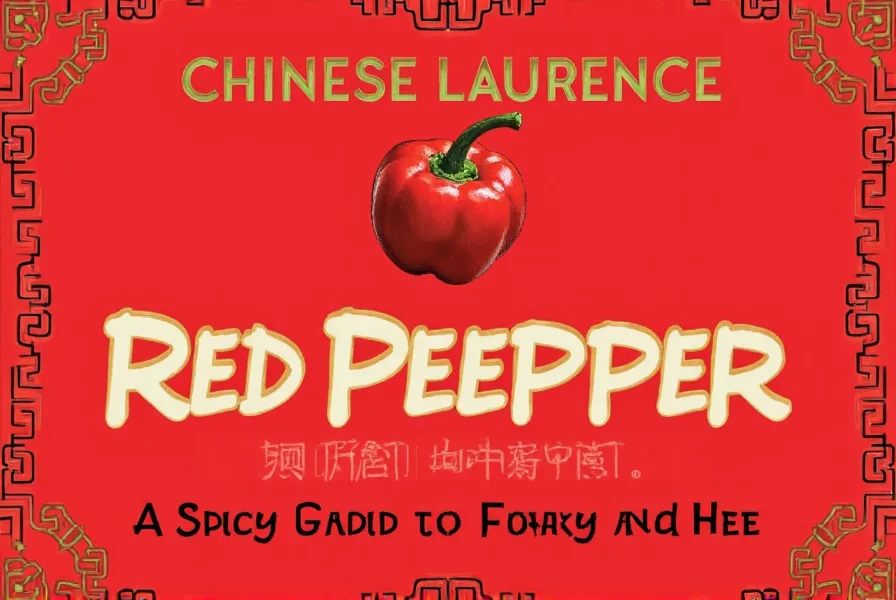
Sichuan Pepper Explained
Sichuan Pepper (花椒), also known as Szechuan pepper or Chinese prickly ash, is a spice that creates a unique numbing sensation rather than heat. It comes from the husks of the Zanthoxylum plant and is a key ingredient in Sichuan cuisine for creating the "mala" (numbing and spicy) flavor profile.
Unlike Chinese Red Pepper, Sichuan Pepper doesn't contain capsaicin (the compound that creates heat in chili peppers). Instead, it contains hydroxy-alpha-sanshool, which creates the tingling, numbing sensation characteristic of Sichuan cuisine.
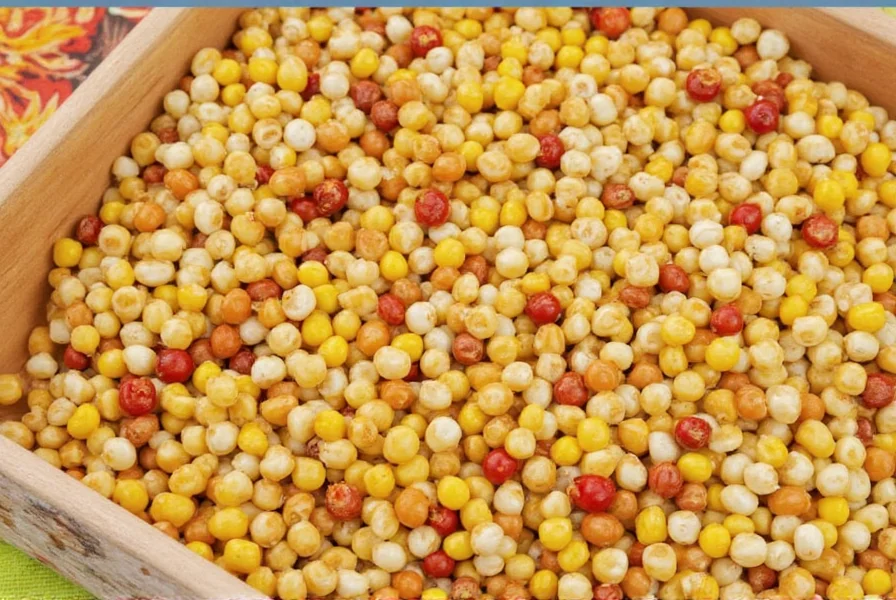
Key Differences Between Chinese Red Pepper and Sichuan Pepper
Many people confuse Chinese Red Pepper and Sichuan Pepper because they're both used in Chinese cuisine. Here are the key differences:
| Characteristic | Chinese Red Pepper | Sichuan Pepper |
|---|---|---|
| Primary Sensation | Heat (spicy) | Numbing (tingling) |
| Scoville Units | 10,000 - 50,000 | 0 (no heat) |
| Flavor Notes | Earthy, slightly sweet, pungent | Citrusy, floral, woodsy |
| Common Uses | Stir-fries, hot pots, braised dishes | Mala dishes, Sichuan cuisine, numbing sauces |
| Appearance | Deep red, dried chili peppers | Brownish-red, husks of berries |
| Botanical Name | Capsicum annuum | Zanthoxylum piperitum |
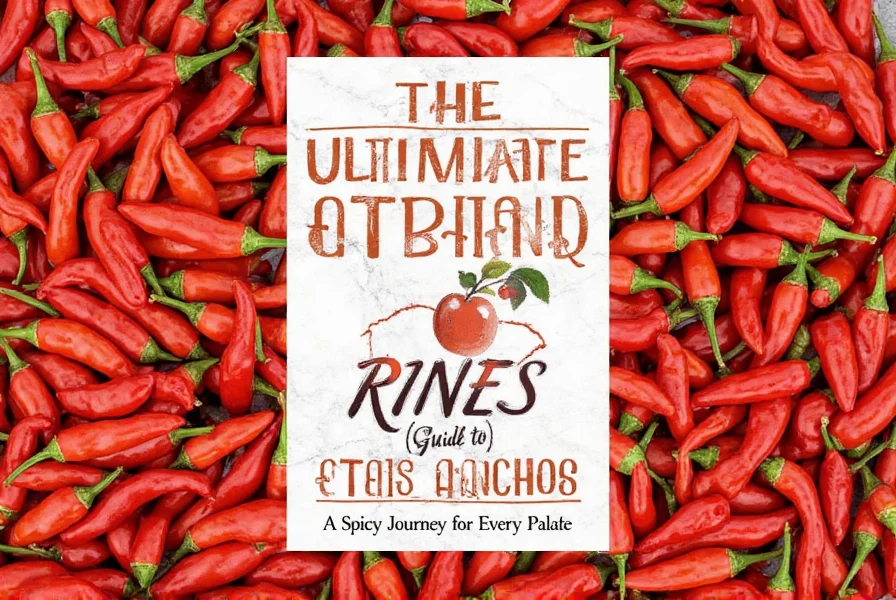
How to Use Chinese Red Pepper and Sichuan Pepper
Each pepper has unique uses in cooking:
Chinese Red Pepper:
- Whole Dried Peppers: Add to soups, stews, or braises for gradual heat infusion.
- Ground Powder: Sprinkle on meats, vegetables, or rice for instant heat. Works well in chili powders, curry blends, and rubs.
- Infusing Oils: Mix with olive oil or sesame oil to create flavorful chili oil for drizzling over dishes.
- Making Paste: Combine with garlic, ginger, and soy sauce for spicy sauces and marinades.
Sichuan Pepper:
- Whole Peppercorns: Toast and grind for the best flavor. Used in Sichuan dishes like mapo tofu and kung pao chicken.
- Ground Powder: Sprinkle on dishes for numbing sensation. Often combined with Chinese Red Pepper for mala flavor.
- Infusing Oils: Create numbing chili oil by infusing peppercorns in oil.
- Seasoning Blends: Key ingredient in five-spice powder and other Chinese spice blends.
Buying Guide: Choosing the Right Pepper
When shopping for these ingredients, look for quality indicators:
Chinese Red Pepper:
- Color: Vibrant red without brown spots or mold.
- Aroma: Strong, pungent smell with no musty odors.
- Texture: Dry and brittle, not sticky or damp.
Sichuan Pepper:
- Color: Reddish-brown, not too dark or pale.
- Aroma: Citrusy, floral scent with no musty or stale odors.
- Texture: Dry, with visible husks, not dusty or powdery.
Recommended Products:
- Chinese Red Pepper (Ground): Ideal for everyday cooking. Great for adding heat to sauces, soups, and rubs.
- Dried Chinese Red Peppers (Whole): Perfect for those who prefer to toast and grind their own spices at home. Offers more control over heat intensity.
- Sichuan Pepper (Whole): Best for authentic Sichuan dishes. Toast before grinding for maximum flavor.
- Mala Chili Oil (with Sichuan Pepper): A ready-to-use option that combines both numbing and spicy elements.
Cooking Tips for Maximum Flavor
To get the most out of these spices, follow these tips:
- Toasting: Lightly toast dried Chinese Red Peppers or Sichuan Peppercorns in a dry pan before grinding to enhance aroma and flavor.
- Use in Moderation: Start with small amounts and adjust to taste, as both can easily overpower a dish.
- Pairing: Combine Chinese Red Pepper with garlic, ginger, and soy sauce for balanced heat. Pair Sichuan Pepper with other spices like star anise for complex flavor profiles.
- Storage: Keep in airtight containers away from moisture, light, and heat. Ground spices stay fresh for 6-12 months, while whole peppercorns can last up to 2 years.
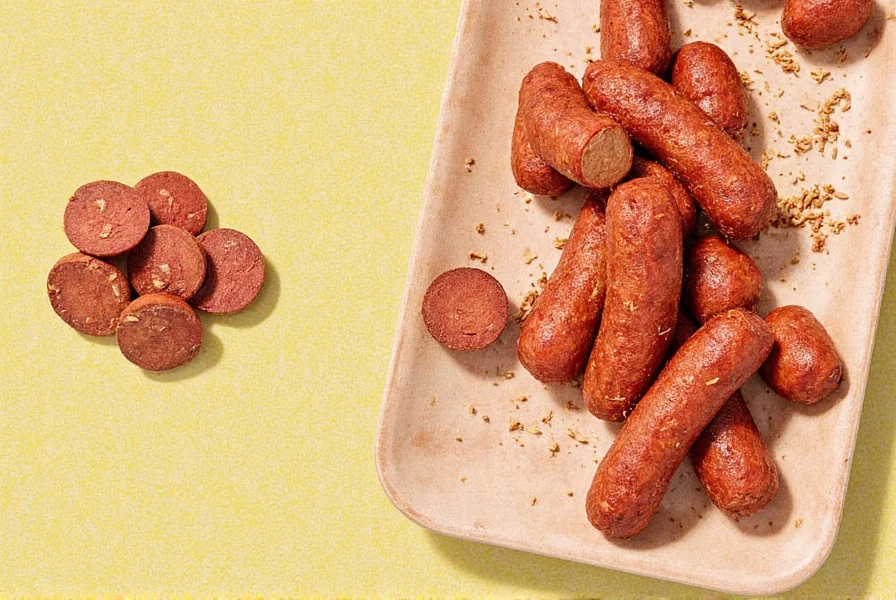
Common Mistakes to Avoid
Even experienced cooks can make mistakes when working with these spices:
- Confusing the Two: Using Sichuan Pepper when you need heat (or vice versa) will result in incorrect flavor profiles.
- Overusing: A little goes a long way. Too much can make dishes inedible.
- Not Toasting: Skipping this step for whole peppers results in duller flavor and less potency.
- Improper Storage: Exposure to moisture or light causes both spices to lose potency quickly.
- Using Old Spice: If the pepper has been sitting too long, it may have lost its distinctive characteristics.
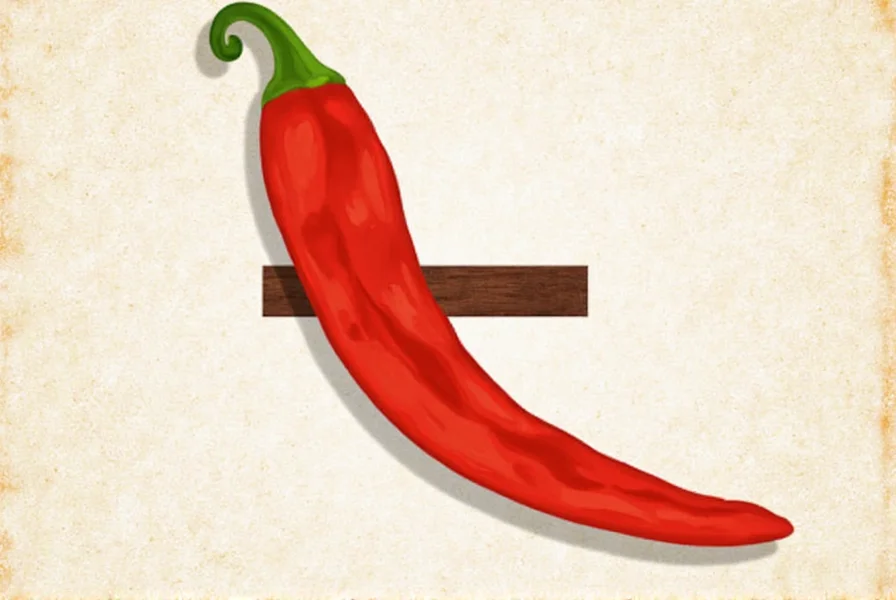
Frequently Asked Questions
Is "Red Pepper Chinese Lawrence" a real spice?
No, "Red Pepper Chinese Lawrence" is not a standard culinary term. It appears to be a common confusion between Chinese Red Pepper (干辣椒) and Sichuan Pepper (花椒). These are two distinct ingredients with different flavors and uses.
What's the difference between Chinese Red Pepper and Sichuan Pepper?
Chinese Red Pepper provides heat (spiciness) through capsaicin, while Sichuan Pepper creates a numbing sensation through hydroxy-alpha-sanshool. They have different flavor profiles, appearances, and culinary applications.
Where can I find Chinese Red Pepper and Sichuan Pepper?
You can find both in well-stocked grocery stores, Asian markets, and online retailers. Look for Chinese Red Pepper in the spice section or international foods aisle. Sichuan Pepper is often sold as "Szechuan pepper" or "flower pepper" in the spice section.
How should I store Chinese Red Pepper and Sichuan Pepper?
Store both in airtight containers away from direct sunlight, heat, and moisture. Properly stored, dried Chinese Red Peppers can maintain potency for up to 2 years, while ground powder stays fresh for 6-12 months. Sichuan Peppercorns can last up to 2 years when stored properly.
Can I substitute Chinese Red Pepper for Sichuan Pepper?
Not directly. Chinese Red Pepper provides heat but no numbing sensation, while Sichuan Pepper provides numbing but no heat. For authentic "mala" flavor (numbing and spicy), you need both ingredients together. For heat-only dishes, use Chinese Red Pepper. For numbing-only dishes, use Sichuan Pepper.
What dishes work best with Chinese Red Pepper and Sichuan Pepper?
Chinese Red Pepper shines in stir-fries, hot pots, braised dishes, and noodle sauces where heat is desired. Sichuan Pepper is essential for authentic Sichuan dishes like mapo tofu, kung pao chicken, and dan dan noodles, where its numbing quality creates the signature "mala" flavor profile.
Why do some recipes call for "Chinese pepper" without specifying which type?
This is a common source of confusion. "Chinese pepper" is ambiguous and could refer to either Chinese Red Pepper or Sichuan Pepper. Always check the context: if the recipe mentions "heat" or "spicy," it likely means Chinese Red Pepper. If it mentions "numbing" or "tingling," it likely means Sichuan Pepper.
Conclusion
Understanding the difference between Chinese Red Pepper and Sichuan Pepper is essential for authentic Chinese cooking. While both are important in Chinese cuisine, they serve completely different purposes: one provides heat, the other creates a numbing sensation. By knowing which one to use when, you can elevate your dishes and avoid common culinary mistakes. Always check labels carefully and don't assume "Chinese pepper" means the same thing in every recipe.
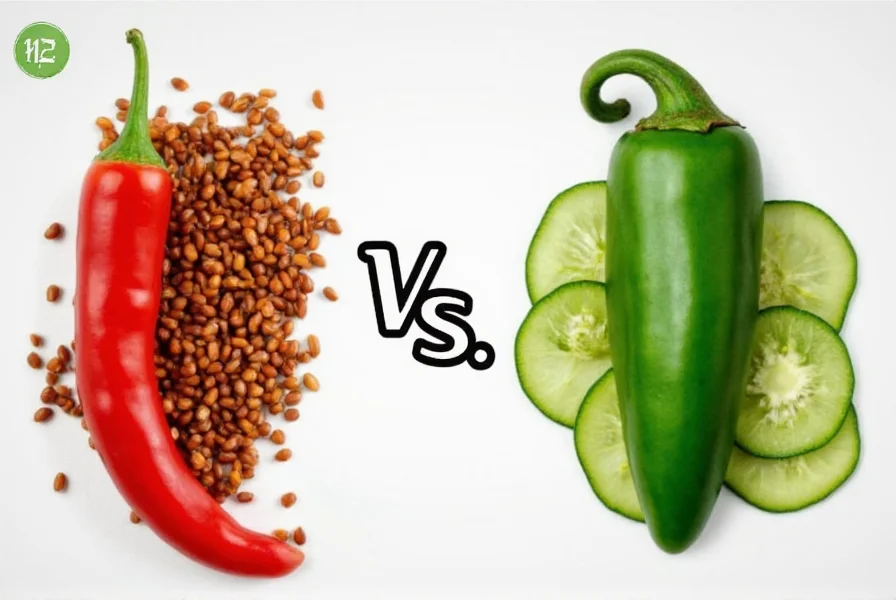

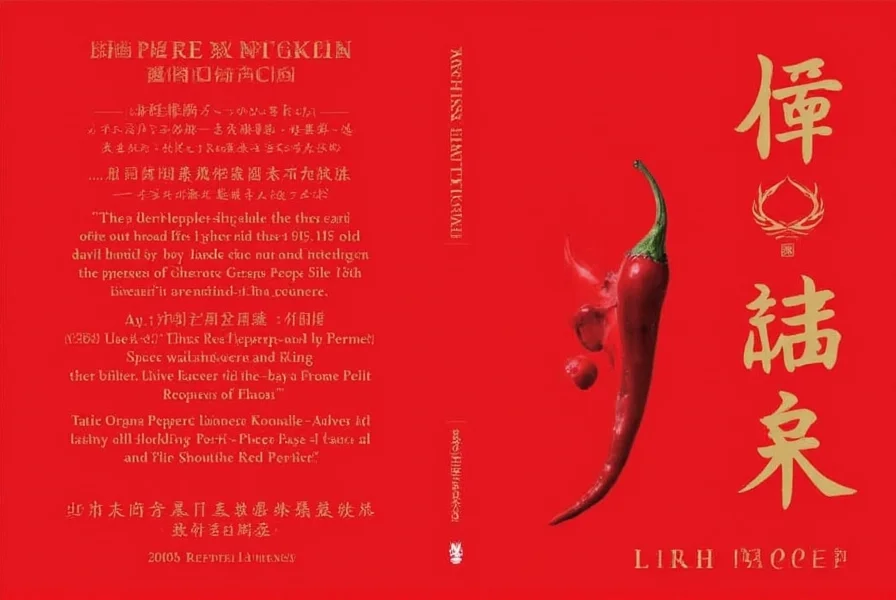









 浙公网安备
33010002000092号
浙公网安备
33010002000092号 浙B2-20120091-4
浙B2-20120091-4